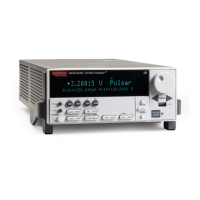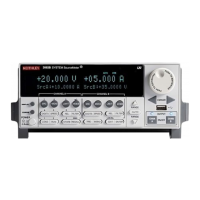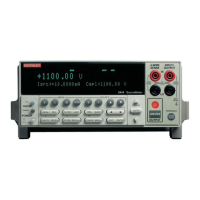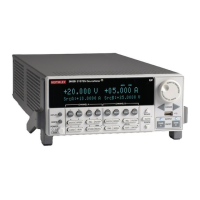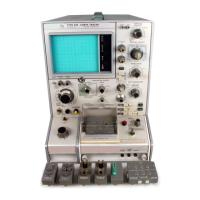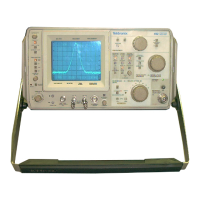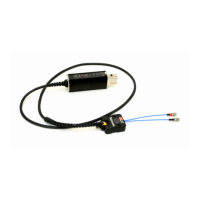Section 6: Using a Model 82 C-V System Model 4200A-SCS Prober and External Instrument Control
6-60 4200A-913-01 Rev. A December 2020
Determining generation velocity and generation lifetime
The generation lifetime,
G
, is equal to the reciprocal of the slope of the linear portion of the Zerbst
plot, while the generation velocity, s, is the y-axis (G/n
I
) intercept of the same linear section of the
Zerbst plot.
Constants, symbols, and equations used for analysis
In order to perform correct analysis, it may be necessary for you to verify or modify the analysis
constants to suit your particular device. Before making measurements, it is strongly recommended
that you verify that constants are correct to ensure that your analysis is performed correctly.
Default material constants
The following table lists default material constants, values, descriptions, and symbols.
Default material constants
Electron charge (coulombs)
Boltzmann’s constant (J/°K)
Permittivity of oxide (F/cm)
Semiconductor permittivity (F/cm)
Semiconductor energy gap (eV)
Intrinsic carrier concentration (I/cm
3
)
Data symbols
The following table summarizes data symbols in the library, including a description of each symbol.
Flatband capacitance, corresponding to no band bending.
High-frequency capacitance, as measured by the Model 590 at either 100 kHz
or 1 MHz.
The high-frequency capacitance that is adjusted according to gain and offset
values. C
HADJ
is the value that is actually plotted and printed.
Quasistatic capacitance as measured by Model 590.
The quasistatic capacitance that is adjusted according to gain and offset
values. C
QADJ
is the value that is actually plotted and printed.
Interpolated value of C
Q
set to correspond to the quasistatic capacitance at V.
Minimum high-frequency capacitance in inversion.
Oxide capacitance, usually set to the maximum C
H
in accumulation.
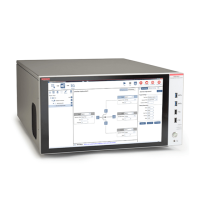
